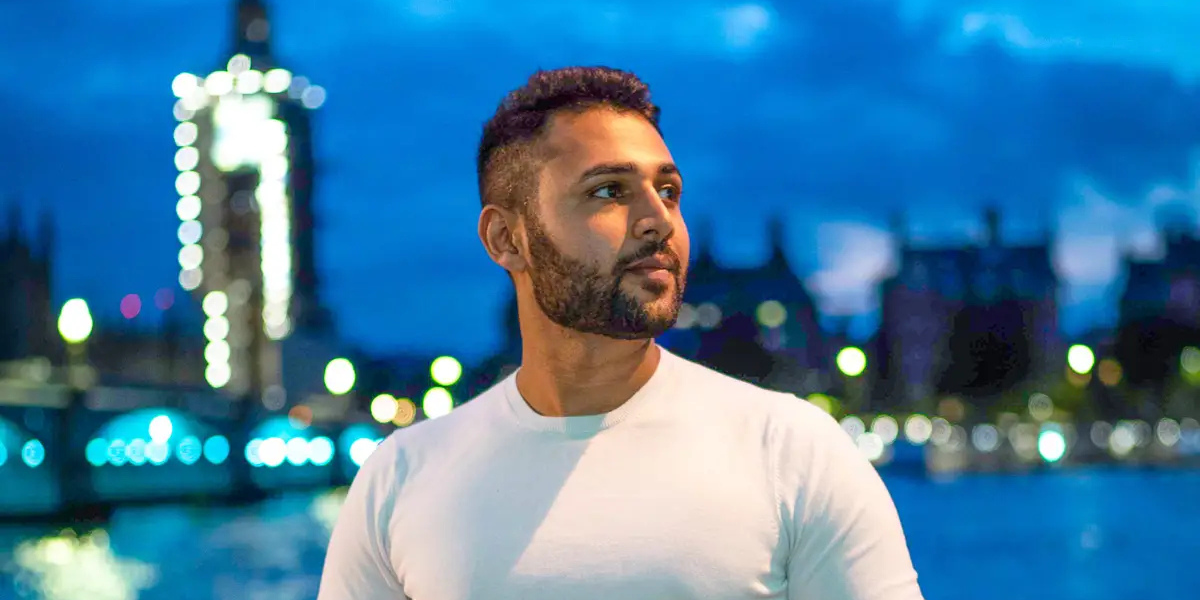From Bedroom YouTuber to Tech Empire: How Mrwhosetheboss Built a Business on Curiosity and Relentless Systems

In a recent interview, tech YouTuber Arun Maini, better known as Mrwhosetheboss, pulled back the curtain on what it really takes to build one of the world’s most respected tech channels — and it’s not just slick editing or expensive gadgets.
It’s systems. Obsession. And a nearly unhealthy relationship with pressure.
The Pressure Behind the Perfection
With over 15 million YouTube subscribers, Maini’s channel is a masterclass in content density and production quality. But behind the pristine polish is someone who admits: “I put so much pressure on myself, and then that trickles through to every part of the process.”
At times, the stress has made filming feel joyless. Yet, his goal for 2025 is not more growth or bigger metrics. “I’d be just as excited by success in the sense of: we achieved the same as we did last year, but had a way better time doing it.”
For founders and wantrepreneurs alike, it's a reminder: growth doesn’t have to come at the cost of joy.
How “Tech Fails” Became a Strategic Asset
Two content series drive consistent performance for Maini: Tech Fails and I Bought. But it wasn’t accidental. During a team retreat, they asked a core question: How do we double down on what’s working?
The answer: longer prep cycles, better product selection, more intentional storytelling. “Knowing what our assets are, we’re trying to maximize the performance of those assets.”
It’s a principle every early-stage founder should adopt: don’t just chase new ideas — optimize your winning ones.
The One Percent Rule (and Why It Matters)
Maini credits much of his success to obsessing over details others ignore — what he calls the “1% improvements.”
Inspired by the Diary of a CEO podcast and creators like Steven Bartlett, Maini has trained his team to embed Easter eggs, visual jokes, and storytelling cues deep into the edit. “It’s the stuff viewers might not consciously notice — but they would notice if it wasn’t there.”
That philosophy now touches everything, down to how his team organizes SD cards: color-coded, labeled by camera, and traceable by file names — all born out of a single lost video.
Lesson for entrepreneurs: your systems should evolve from your mistakes.
When Overpreparation Backfires
Despite being lauded for his precision, Maini warns that over-preparation can kill a good conversation — especially in interviews. Reflecting on his talk with Bill Gates, he shared that too much research turned the interview into an echo chamber.
“I knew more about the topic than he did. So I was prompting him to give answers I already knew — and that just wasn’t a good interview.”
For startup founders pitching investors or hiring key team members, there’s wisdom here: leave space for genuine curiosity. Don’t script out the serendipity.
Why AI Isn’t Writing His Scripts (Yet)
Maini sees AI not as a creator, but as a collaborator. His team uses ChatGPT to ideate video concepts by inputting high-performing titles and prompts, then skimming dozens of AI-generated variations to spark better human ideas.
“It turns a day’s worth of work into 10 minutes — if you already know what good looks like.”
For content marketers and founders generating endless ideas, this is a powerful model: AI is your bounce board, not your brain.
What New Creators (and Founders) Get Wrong
Asked what advice he’d give someone with 1,000 subscribers, Maini didn’t suggest gear or growth hacks. He said this:
“You have to be a person. A lot of people focus on perfect sets and cameras, but what matters most is that someone feels like they could get to know you.”
He started filming against a white wall. Now his home is a purpose-built studio. But the evolution wasn’t about equipment — it was about revealing more of himself.
Whether you're building a YouTube channel or a startup, people buy into people.
Final Takeaway: Start Where You Are, Then Systemize Obsessively
Maini’s journey from a small bedroom to YouTube’s top tier is a masterclass in consistency, storytelling, and systems thinking.
He didn't scale by luck. He scaled by:
- Doubling down on high-performing content formats
- Building systems from mistakes (like losing a video file)
- Embracing imperfection in his journey (filming with empty boxes)
- Using AI to accelerate human creativity, not replace it
- Optimizing for fulfillment, not just numbers
In his own words: “If you zoom in, it looks like luck. But zoom out, and it’s clear — it’s the result of thousands of learnings stacked over time.”





